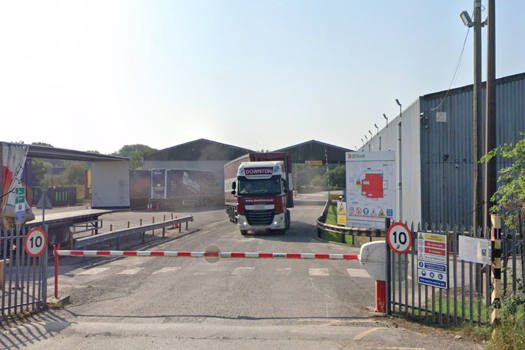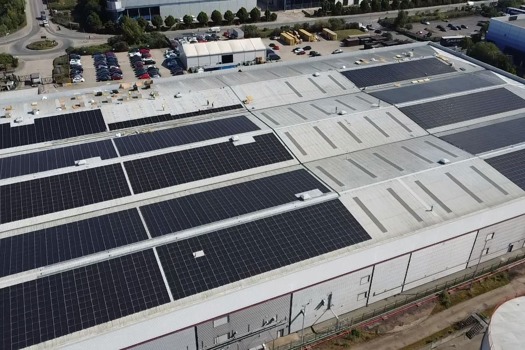Unveiled at Fespa Global Print Expo in Berlin yesterday (6 May), the new release includes several rendering innovations that Adobe (27-A62) said have been welcomed by major print OEMs and RIP providers who integrate Adobe technology into their pre-press products.
The US software company said the new features can leverage the scalability of the Mercury RIP Architecture.
PDF Print Engine 7 integrates new functions into the rendering pipeline (inside the RIP), reducing the need for specialised skillsets and eliminating separate pre-press operations.
Adobe said that combining pre-RIP functions with in-RIP rendering results in fewer manual interactions, more automation, and faster production.
These new capabilities will accelerate high-volume custom printing, web-to-print job submission, direct-to-garment printing, and a range of industrial and packaging workflows.
One of the biggest new features is in-RIP multicolour transparency blending. Adobe said this is an industry first feature that overcomes the challenging technical hurdles of transparency blending for ECG (Expanded Colour Gamut) print jobs.
It blends transparency and separates plates for presses with CMYK plus any combination of inks, for example, orange and/or green and/or violet (CMYK+OGV).
Jobs that contain one or more transparent elements will take full advantage of the press gamut, enabling all images and graphics in the job to appear more vivid. Adobe said this feature will help to accelerate the adoption of multicolour ECG printing for digital, offset, and flexo production.
Mark Lewiecki, senior product manager at Adobe, told Printweek: “I think the transparency blending feature will be beneficial right away to anybody that has a six-colour press and is printing complex, rich graphics. This is the feature that I would say that almost all of our OEM channel partners are most enthusiastic about.
“We want to take advantage of the full gamut of these multicolour presses that have these additional inks. But the problem is that the PDF specification, which is an ISO standard – Adobe invented it – does not define how to blend transparency in these multicolour spaces.
“So this problem has not yet been solved, and that’s why this is a breakthrough feature for the first ones in the market.”
Also new is in-RIP merging of variable product data. Adobe said Consumer Package Goods (CPG) manufacturers need connected packaging to fight counterfeiting and track distribution logistics, and this new feature will help to accelerate the adoption of product authentication and to streamline the production of simple direct mail.
Also new is in-RIP rendering of Adobe Photoshop and Illustrator job files, in-RIP bleed generation, in-RIP cutline expansion, and in-RIP white mask generation for printing on metallic substrates, as well as various new performance and scalability enhancements.
The beta release of PDF Print Engine 7 was made available to Adobe print RIP SDK licensing partners in April, and the final Gold Master edition will be distributed to them in August.
Adobe expects major OEMs and RIP vendors to begin to release products powered by version 7 in 2026.
A pre-release preview of the new Adobe Print Services platform is also being demonstrated at Fespa. This new AI-powered platform, which will be made available to Adobe print partners “in the near future”, will automate pre-RIP conversion tasks.
Adobe said integrating Adobe Print Services into the pre-press workflow will enhance the value of PDF Print Engine by performing a range of correction, enhancement, and optimisation services in areas of AI and machine learning, Adobe libraries, bleed generation, and variable data printing.
Speaking at Adobe's Fespa press conference yesterday, Lewiecki said: “Every workflow starts with a PDF file, and the quality of the workflow depends on the quality of the PDF file, so pre-press operators are dealing with faster presses, declining skills, and job files that come in from many different sources.
“And the key to automating the workflow is to make sure that everything runs smoothly. If the workflow stops, you don't get the benefits of the automation. So to address these challenges of the workflow, there's the need to correct some of the PDFs that come in, to enhance them, and to optimise them. Adobe Print Services can convert any PDF into a print-ready and a printer optimised PDF file.”
Fespa Global Print Expo runs until Friday (9 May) at Messe Berlin.








